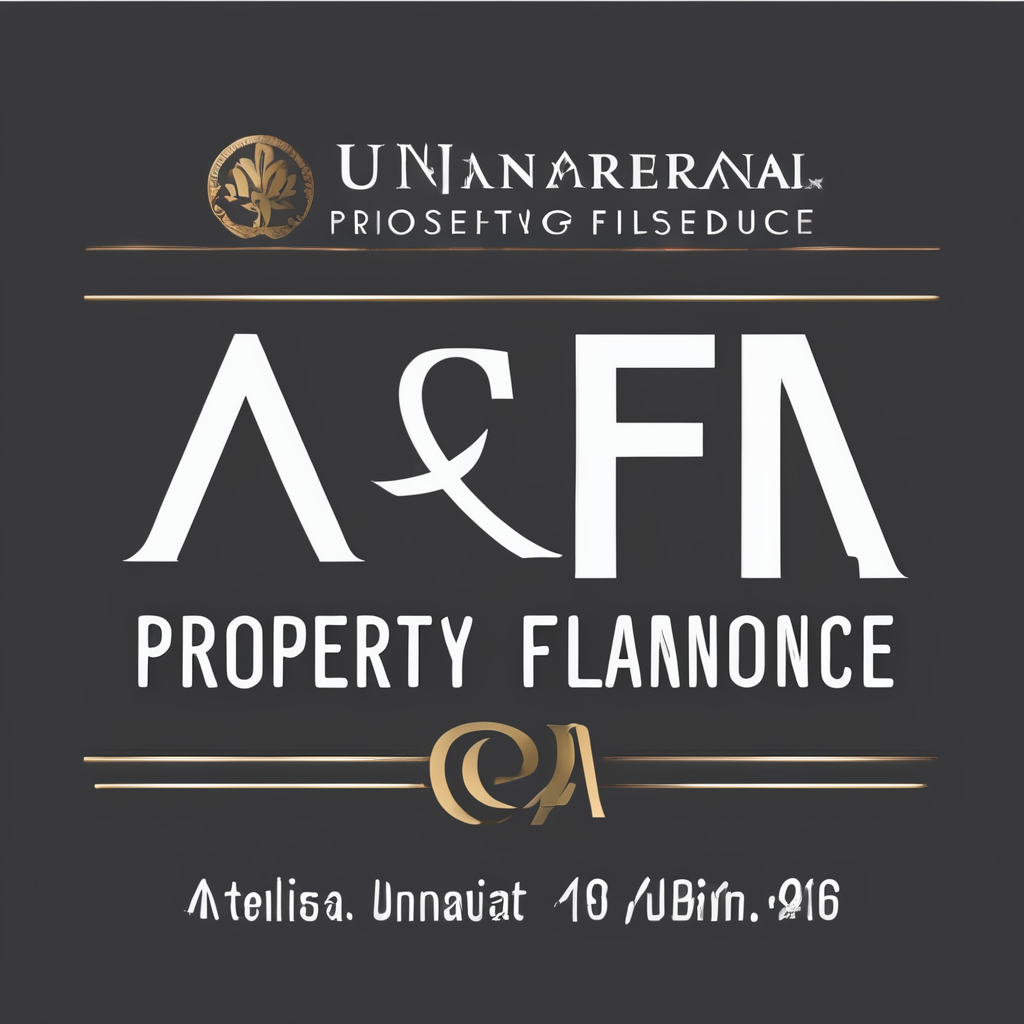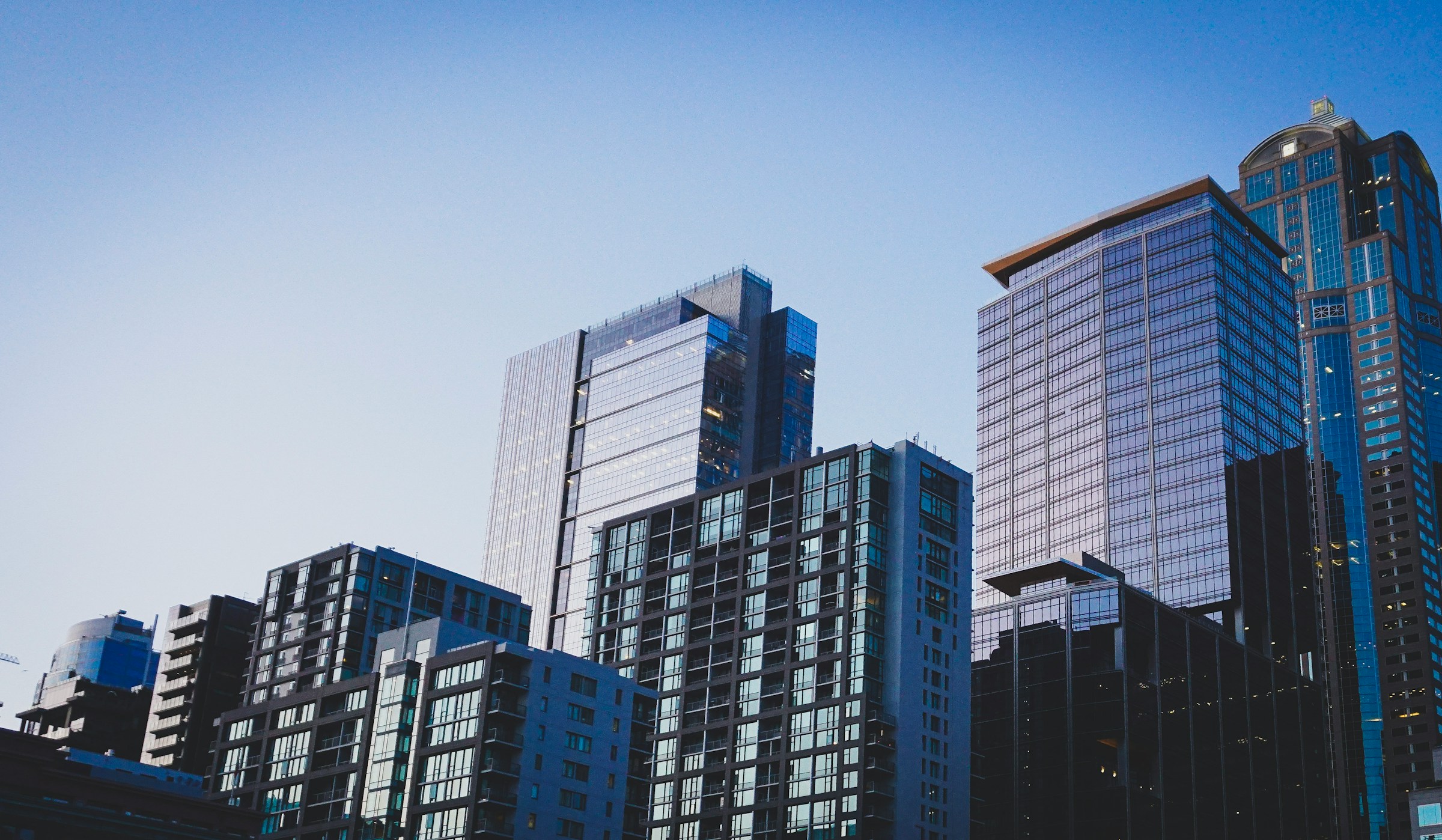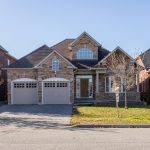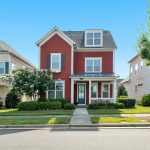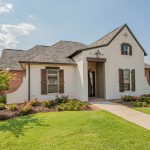With cities like Glasgow becoming denser by the day, architects and developers are exploring innovative ways to create more living and working spaces. One such method is building on rooftops, which is seen as an excellent way of making sustainable urban spaces more efficient. However, it’s not as simple as putting up a structure on any available roof. A series of factors need to be considered, including the building’s energy performance, the cost of construction, and the environmental impact. This article will delve into these elements, outlining key considerations in determining the viability of a rooftop development project.
Assessing the Building’s Energy Performance
Before you begin any rooftop development project, it’s essential to evaluate the energy performance of the existing building. This requires a careful review of the building’s thermal performance, its potential for solar energy generation, and its overall energy efficiency.
A lire également : How to Appeal Against Unfair Property Tax Assessments in London?
A building’s thermal performance is essentially how well it retains or loses heat. If a building has good thermal performance, it means that the proposed rooftop extension will also likely have it, resulting in lower heating and cooling costs.
Next, assess the potential for solar energy generation. A rooftop with a large, unobstructed southern exposure is ideal for this. You can assess this by looking at the roof’s pitch, the direction it faces, and any potential obstructions such as surrounding buildings or trees.
Sujet a lire : What Are the Latest Innovations in Smart Home Technology That Can Boost Property Security in the UK?
Finally, review the overall energy efficiency of the building. This means looking at its insulation, HVAC system, and lighting. If these systems are not efficient, they may need to be upgraded, which will add to the cost of the project.
Green Roofs and Their Benefits
A green roof, also known as a living roof, is a roof that’s partially or completely covered with vegetation and a growing medium, planted over a waterproofing membrane. A green roof is not just aesthetically pleasing, but it also provides numerous environmental and economic benefits.
Green roofs improve the city’s air quality by reducing the amount of CO2 and other pollutants. They also help mitigate the "heat island" effect, a phenomenon where urban areas are significantly warmer than their rural surroundings due to human activities.
From an economic perspective, a green roof can increase a building’s lifespan by protecting the roof membrane from UV radiation and temperature fluctuations. Moreover, green roofs have proven to reduce energy costs by providing natural insulation, thus improving the building’s energy efficiency.
Cost of Construction and Return on Investment
Budgeting for a rooftop project goes beyond the cost of construction. It includes planning for ongoing maintenance and potential future repairs. Understanding the initial expense and the long-term financial implications are crucial elements in determining the viability of a rooftop project.
From the outset, ensure to get a comprehensive quote from a reputable contractor. The quote should cover all aspects of the construction, including materials, labour, and any necessary permits or inspections.
In addition, consider the potential return on investment. This could be in the form of increased property value, income from renting the space, or savings on energy costs. A well-designed rooftop development can provide significant financial returns over time.
Evaluating Environmental Impact
The environmental considerations of a rooftop development are vast. The project’s impact on local wildlife, water run-off, ambient temperature, and carbon emissions are all issues that deserve attention.
Wildlife, particularly birds, could be affected by the construction. Therefore, it’s important to consider the biodiversity of the area and implement design features that encourage wildlife.
Water run-off is another significant concern, especially in a city like Glasgow, known for its rainy weather. Proper drainage and water management systems need to be in place to prevent potential flooding.
Carbon emissions are a global concern, and construction projects are major contributors. Using sustainable materials and renewable energy sources can significantly reduce the carbon footprint of the project.
Legal and Regulatory Considerations
Before embarking on a rooftop development project, it’s critical to understand the legal and regulatory landscape. This involves reviewing the city’s zoning laws, building codes, and any specific regulations relating to rooftop developments.
In Glasgow, for instance, there might be a requirement for the rooftop development to meet a certain energy efficiency standard. There may also be restrictions on the height, size, and type of development that can be built on a rooftop.
Navigating these regulations can be complex, so it’s worth consulting with a professional who has experience with rooftop developments in your city. Failure to comply with these rules can result in hefty fines or even the need to dismantle the completed project.
The Role of Green Building in Roof-Top Development
Green building refers to the practice of creating and using processes and structures that are environmentally responsible and resource-efficient throughout a building’s life-cycle. As such, it plays a significant role in roof-top development.
One of the core principles of green building is energy efficiency, which directly ties to the energy performance of the existing building. Apart from thermal performance, potential for solar energy generation, and overall energy efficiency, green building also considers other aspects such as windows and doors, heating and cooling systems, and hot water provision. These elements can greatly affect the energy demand of the building and should therefore be integrated into the design and construction process.
Green building also takes into account water efficiency. This is particularly essential in a rooftop development project, given the potential for water run-off. Implementing water-efficient systems can not only prevent flooding, but also contribute to reducing the overall water consumption of the building.
Furthermore, green building promotes the use of renewable energy sources. This is another element that can enhance the energy production of the rooftop, potentially leading to further savings on energy costs.
Lastly, green building advocates for improving air quality and reducing carbon dioxide emissions, which aligns with the benefits of green roofs. The vegetation on green roofs can absorb CO2 and other pollutants, thereby improving the air quality. Moreover, the use of sustainable materials can minimize the carbon dioxide emissions during the construction phase.
Conclusion
In conclusion, determining the viability of a rooftop development on existing buildings in Glasgow is a multifaceted process. It calls for a comprehensive evaluation of the building’s energy performance, a keen understanding of the benefits and maintenance of green roofs, an astute calculation of construction costs and return on investment, an assessment of environmental impact, and a thorough knowledge of the legal and regulatory considerations.
Indeed, such a project is not merely about creating additional space; it’s about doing so sustainably. By adhering to the principles of green building, one can create a rooftop development that is not only financially viable but also environmentally friendly. From boosting energy efficiency to reducing carbon dioxide emissions, such a development can contribute positively to the urban landscape of Glasgow.
As always, it is crucial to seek professional advice to navigate the complex process. With the right planning and execution, a rooftop development can be a valuable addition to the densifying cityscape, offering a blend of functionality, aesthetics, and sustainability. After all, the future of urban development is not just about building higher, but building smarter.
